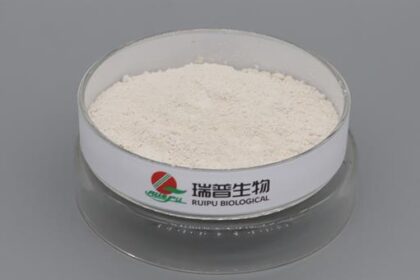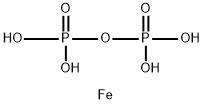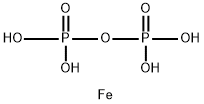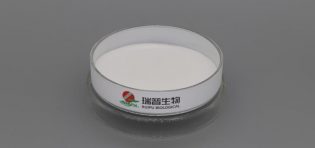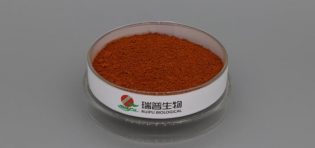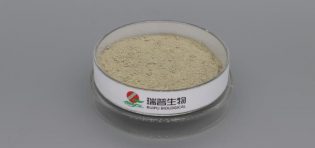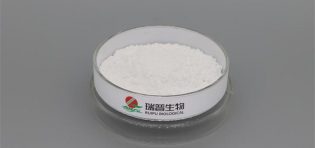
The solubility of ferric sodium edetate is influenced by various factors, including temperature, pH, and solvent type. Its relationship with pH exhibits certain trends, but specific data may vary depending on experimental conditions, purity, and temperature.
Relationship Between Solubility and pH
1. Effect of pH on Solubility:
·In general, the solubility of ferric sodium edetate in water changes with pH. However, as a stable chelate compound, its solubility is less sensitive to pH variations compared to some other compounds.
·Within certain pH ranges, the solubility of ferric sodium edetate may reach a maximum or remain relatively stable. This is often related to the buffering system of the solution and the interactions between ferric sodium edetate molecules and water molecules.
2. Specific Data:
·The specific relationship between solubility and pH may vary due to differences in experimental conditions and purity. Generally, ferric sodium edetate exhibits high solubility in water and maintains relative stability within a certain pH range.
·Some sources indicate that at 25°C, the solubility of ferric sodium edetate in water can exceed 100 g/100 ml. However, this does not imply that this level of solubility is achieved across all pH levels. In practice, solubility may fluctuate with changes in pH.
Other Factors Affecting Solubility
In addition to pH, the solubility of ferric sodium edetate is influenced by other factors, including:
·Temperature:
The solubility of ferric sodium edetate typically increases with rising temperature, as higher temperatures help disrupt intermolecular interactions, thereby promoting the dissolution process.
·Solvent Type:
The solubility of ferric sodium edetate varies in different solvents. For instance, its solubility in water is generally higher than in ethanol.
·Purity:
The purity of ferric sodium edetate also affects its solubility. Higher purity often leads to greater solubility, as impurities may interfere with intermolecular interactions, thereby reducing solubility.
The solubility of ferric sodium edetate is related to pH, but specific data may vary depending on experimental conditions, purity, and temperature. In practical applications, it is essential to select the appropriate pH and solvent type based on specific requirements and conditions to ensure sufficient dissolution and effective utilization. Additionally, attention must be given to controlling other factors affecting solubility, such as temperature and purity.

